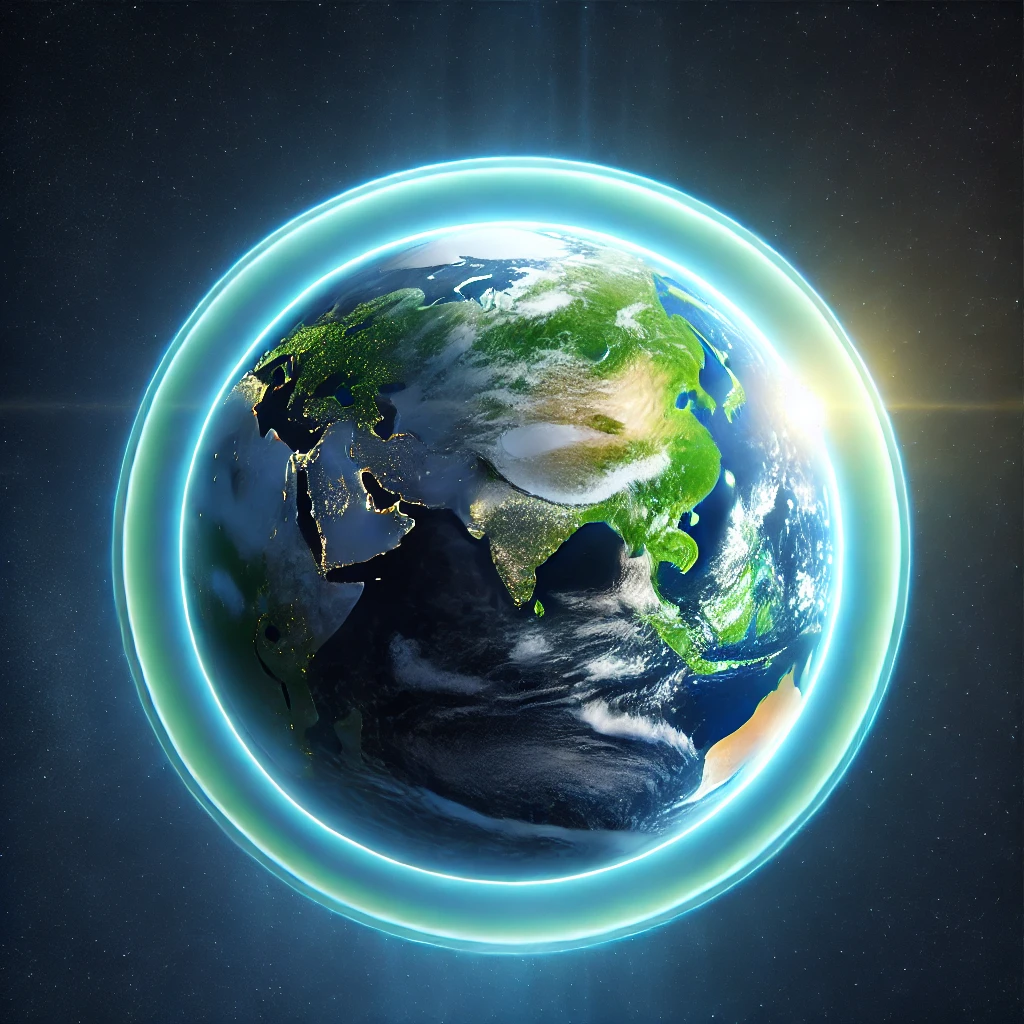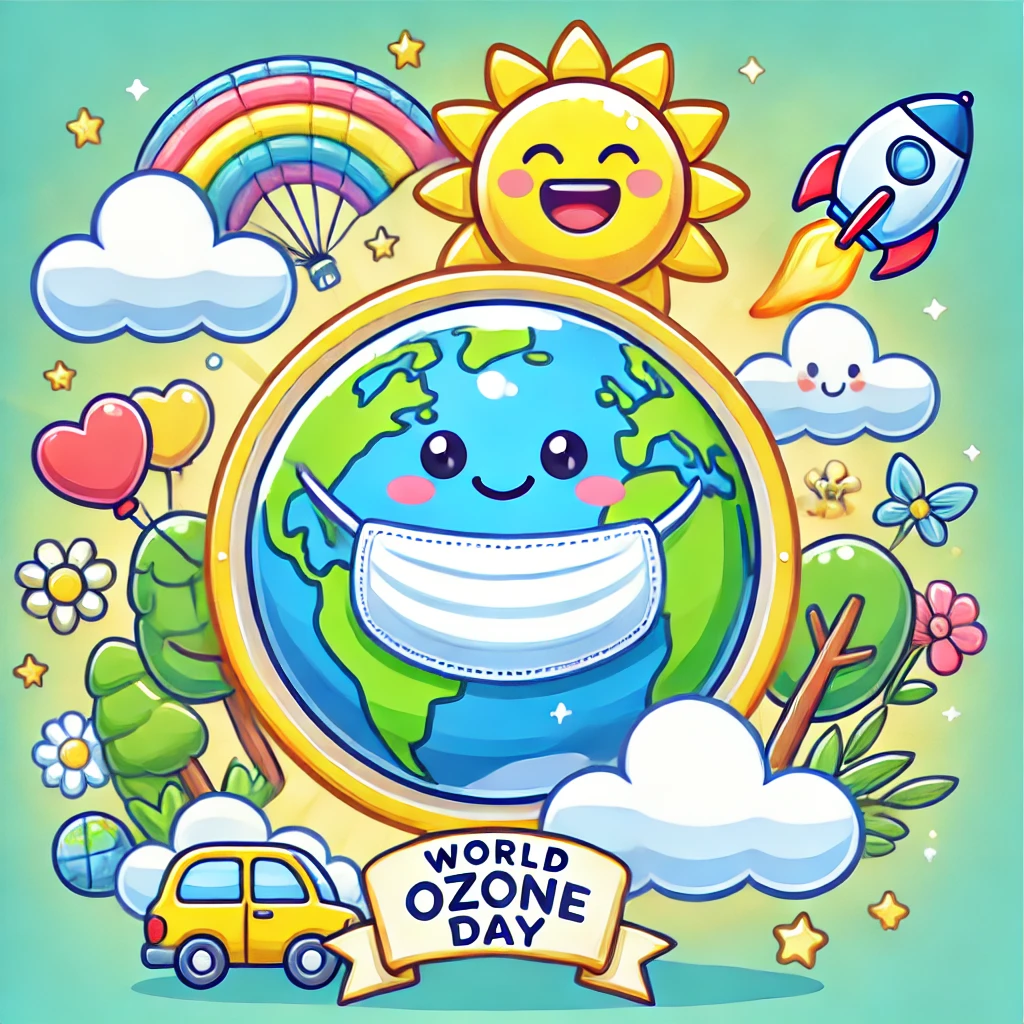




How Ozone Layer Awareness Can Inspire Positive Environmental Action
FAQs on World Ozone Day Essay: Why Protecting the Ozone Layer Matters
1. What is the primary importance of the Earth's ozone layer?
The primary importance of the ozone layer is to act as a natural shield in the stratosphere, protecting life on Earth. It absorbs approximately 98% of the Sun's harmful ultraviolet (UV-B) radiation. Without this protection, we would see higher rates of skin cancer, cataracts, and weakened immune systems in humans, as well as significant damage to crops and marine ecosystems.
2. What is World Ozone Day and why is it celebrated on September 16th?
World Ozone Day, officially the International Day for the Preservation of the Ozone Layer, is an annual observance dedicated to raising awareness about ozone depletion and celebrating the successful international cooperation to protect it. It is celebrated on September 16th to commemorate the date in 1987 when the Montreal Protocol on Substances that Deplete the Ozone Layer was signed.
3. What is the difference between ozone depletion and climate change?
Ozone depletion and climate change are related but distinct environmental issues.
- Ozone Depletion refers to the thinning of the stratospheric ozone layer, primarily caused by man-made chemicals like chlorofluorocarbons (CFCs). This thinning allows more harmful UV radiation to reach the Earth's surface.
- Climate Change refers to the long-term warming of the planet, primarily caused by the buildup of greenhouse gases (like carbon dioxide) that trap heat in the atmosphere.
4. What is the Montreal Protocol and why is it considered successful?
The Montreal Protocol is a landmark international treaty designed to protect the ozone layer by phasing out the production and consumption of ozone-depleting substances (ODS). It is considered one of the most successful environmental agreements in history because it has achieved universal ratification and led to the elimination of 99% of ODS globally. As a result, the ozone layer is showing clear signs of recovery.
5. What exactly is the "ozone hole" and why does it form over Antarctica?
The "ozone hole" is not a literal hole but a region of exceptionally severe seasonal thinning of the ozone layer over Antarctica. It forms there due to a unique combination of factors:
- Extreme Cold: The very low winter temperatures (-80°C or lower) allow for the formation of polar stratospheric clouds.
- Chemical Reactions: These clouds provide a surface for chemical reactions that convert inactive chlorine and bromine compounds into highly reactive forms.
- Sunlight: When sunlight returns in the spring, it triggers these reactive chemicals to rapidly destroy ozone molecules, causing severe depletion.
6. What are the main health and environmental consequences of a depleted ozone layer?
A depleted ozone layer allows more harmful UV-B radiation to reach the Earth, leading to severe consequences:
- Health Impacts: Increased risk of skin cancer (melanoma), premature skin aging, cataracts, and suppression of the immune system.
- Environmental Impacts: Damage to agricultural crops, reduced phytoplankton populations in the ocean (which form the base of the marine food web), and harm to terrestrial and aquatic wildlife.
7. How do we know the ozone layer is actually recovering?
Scientists confirm the ozone layer's recovery through multiple lines of evidence. This includes long-term satellite measurements that show a decrease in the size and severity of the Antarctic ozone hole since the year 2000. Additionally, atmospheric measurements show that concentrations of ozone-depleting substances like chlorine have been steadily declining as a direct result of the Montreal Protocol's regulations.
8. If ozone is protective, why is it sometimes considered a pollutant?
This depends on where the ozone is located in the atmosphere.
- Good Ozone (Stratospheric): This is the natural, protective layer found high up in the stratosphere (10-50 km above Earth). It is essential for absorbing harmful UV radiation.
- Bad Ozone (Tropospheric): This is ground-level ozone, which is a major component of smog. It is a harmful air pollutant created by chemical reactions between sunlight, nitrogen oxides, and volatile organic compounds from vehicle emissions and industrial processes.
9. What are some common examples of ozone-depleting substances (ODS) that were phased out?
The most common ODS targeted by the Montreal Protocol were chemicals widely used in industry and consumer products. Key examples include:
- Chlorofluorocarbons (CFCs): Used as refrigerants in air conditioners and refrigerators, and as propellants in aerosol spray cans.
- Halons: Used in fire extinguishers.
- Carbon Tetrachloride: Used as a cleaning solvent and in chemical manufacturing.
- Methyl Chloroform: Used for industrial degreasing of metals.
























